Spooky season is here, and that means it's time for chilling ghost stories and paranormal experiences. Cincinnati is an old city, and with that age comes plenty of hauntings and spaces that can make your skin crawl. Whether it's supernatural apparitions in Spring Grove Cemetery or just the eerie air of places that were abandoned due to a lack of funding, these Greater Cincinnati spots are just downright creepy.
Trigger warnings: The following content contains mentions of death, murder and suicide. If you or someone you know needs help, call or text 988 to get in touch with the Suicide & Crisis Lifeline.
The Creepiest Places in Greater Cincinnati
By Katherine Barrier and CityBeat Staff on Fri, Sep 8, 2023 at 12:57 pm
Scroll down to view images
Page 1 of 2

Photo: CityBeat Archives
Price Hill’s Potter’s Field
4700 Guerley Road, West Price HillWe can’t talk about Dunham without mentioning the historic potter’s field just up the road from it, which may be part of the reason that land was chosen to become a hospital for the fatally ill. Historically, a potter's field was the name for any grave site meant to house the remains of poor or unclaimed people. The Price Hill potter’s field was used as a cemetery for Cincinnati’s poor, transients and criminals from 1849 to 1981. It’s believed that upward of 20,000 people were haphazardly laid to rest there, although it's impossible to guess an accurate number.
The site was used until it became so crowded that graves were dug to a depth reportedly as shallow as 18 inches. The newly deceased were stacked on a previous generation, and the oldest part of the site contains three layers of bodies. Years of neglect and overgrowth hide many unmarked graves or markers with the barest of details, but a plaque along Guerley Road identifies where it stands.
Those in the potter’s field may soon get the burial they deserve, however. In April 2022, the National Park Service awarded Price Hill Will and Cincinnati Parks nearly $35,000 in funding through the History of Equal Rights (HER) Grant to restore it.

Photo: Josh Purnell
Ludlow Incinerator
In Ludlow off Sleepy Hollow Road, just outside Devou ParkRuins in the woods always cause a few goosebumps, and the crumbling Ludlow Incinerator, which was marked by time and plenty of trash and graffiti, was a sight that could get imaginations running wild. (It was recently knocked down). Despite tales that it was used to burn bodies, it just burned trash until it was shuttered in the ‘60s. But just because those rumors weren’t true doesn’t mean it has a clean history. In 1967, the body of Della Mae Miller, a 24-year-old waitress, was found at the incinerator. She had been strangled with her own stockings.
1 of 21

Photo: Jennifer Donathan
Sedamsville Rectory
639 Steiner Ave., SedamsvilleSedamsville Rectory, once part of Our Lady of Perpetual Help Church, oozes haunted house energy with its imposing façade and faded red brick exterior. Inside isn’t much better, with its past owners and residents saying they experienced icy breezes in the home along with unexplained feelings of gloom and doom, assault-like scratches and shoves, disembodied footsteps and doors closing of their own accord. Some say it's demonic forces in the building; others point to ghosts like those of Fr. Donald MacLeod, who reportedly died after being struck by a train near the rectory; past clergymen; and the spirits of a child with a noose around his neck and a man, both whom were found dead outside the rectory at different times. Are these tall tales or is there some truth lending to the former rectory’s creepiness? You can ask the Ghost Adventures’ crew, who investigated the building in 2012.
2 of 21

Photo: facebook.com/American Legacy Tours
Over-the-Rhine’s Underground Beer Tunnels
If you dare to go beneath the city, you’ll find a labyrinth of beer tunnels that once belonged to F&J Linck Brewery. While nothing knowingly nefarious happened down there (except maybe a bad batch of beer here and there), the tunnels under the streets of Over-the-Rhine, which were used to keep beer cool before refrigeration, are eerie and tomb-like. You can see them for yourself on the Hidden Caverns or Ultimate Queen City Underground tours through American Legacy Tours.
3 of 21
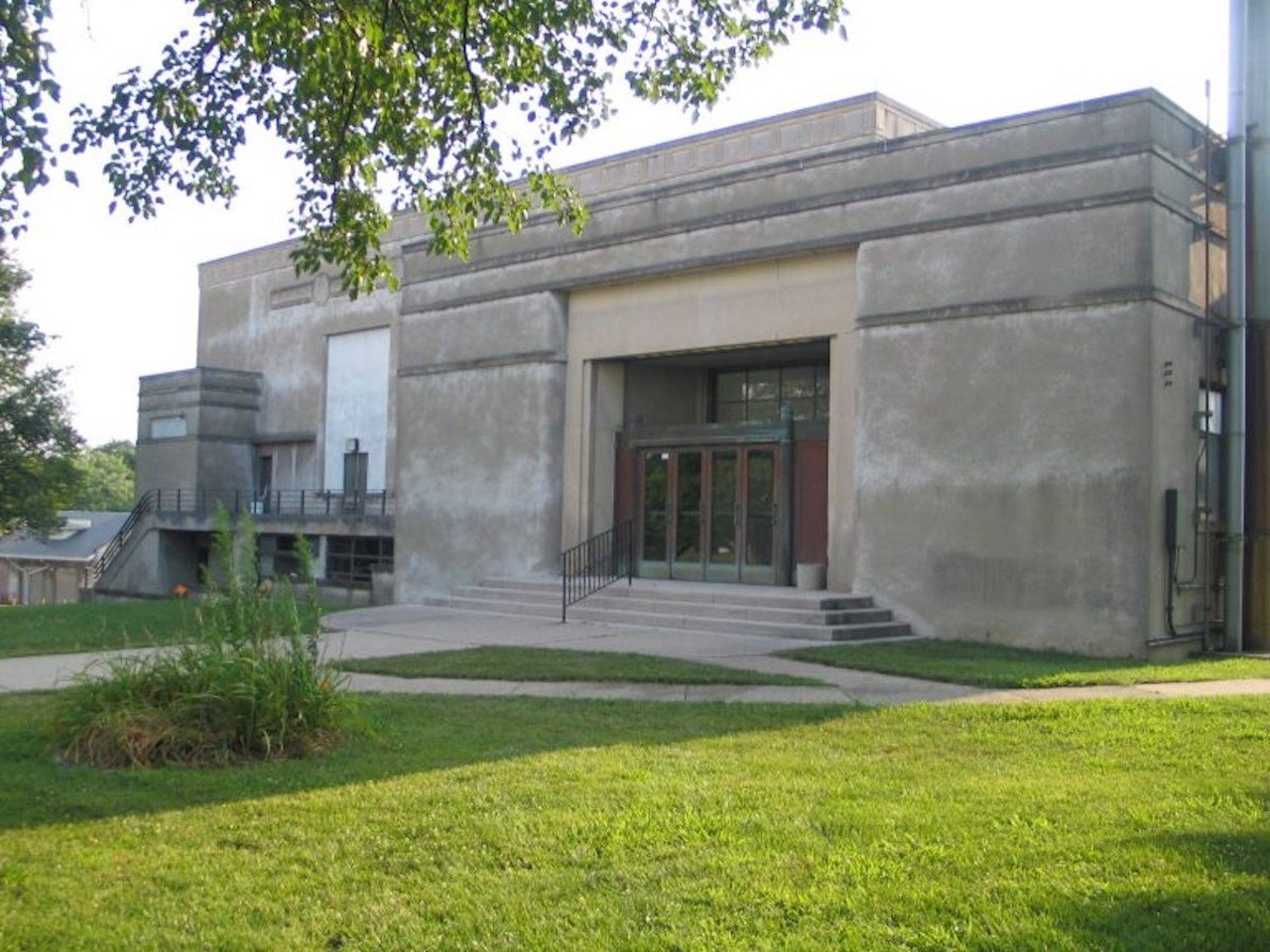
Photo: artswave.org
Dunham Recreation Center Complex
1945 Dunham Way, WestwoodThe land that we know today as the Dunham Recreation Center Complex used to be the site of the first municipal tuberculosis hospital in the United States, and an eerie feeling still hangs over the area where the arts center is today. According to records from the University of Cincinnati’s College of Medicine, in 1879, Cincinnati Hospital (now UC Health) bought what was then the Guerley Farm in order to relocate its small-pox isolation house. A hospital was constructed on the farmland and named Branch Hospital for Contagious Diseases. Almost 20 years later, the branch hospital saw the transfer of 15 tuberculosis patients from the main hospital, transforming it into a space to care for victims of TB. As tuberculosis cases grew, so did the hospital campus. More buildings to house patients were added, as were lodging for nurses and doctors; sleeping porches, which doctors at the time thought helped improve TB symptoms; an occupational therapy building; and a preventorium and school for children of TB patients.
But what is perhaps the creepiest aspect of Dunham isn’t that it used to be a hospital for victims of what, at the time, was a very deadly disease, but rather what lies underneath all the buildings to this day. Former recreation center employee Kenny Riddell told WCPO in 2015 that the disease was too advanced to be treated by the time many patients sought care, and Dunham was the place to go to die. To keep patient morale up, he said, the bodies would be removed from the hospital via underground tunnels that led to an incinerator where they would be cremated and their belongings would be burned. The tunnels still exist today, but they’re not accessible to the public and some parts are entirely sealed off. But if you spend enough time in the arts center, one of the last remaining buildings from the hospital era, recreation center employees say you may just see something…or someone.
4 of 21
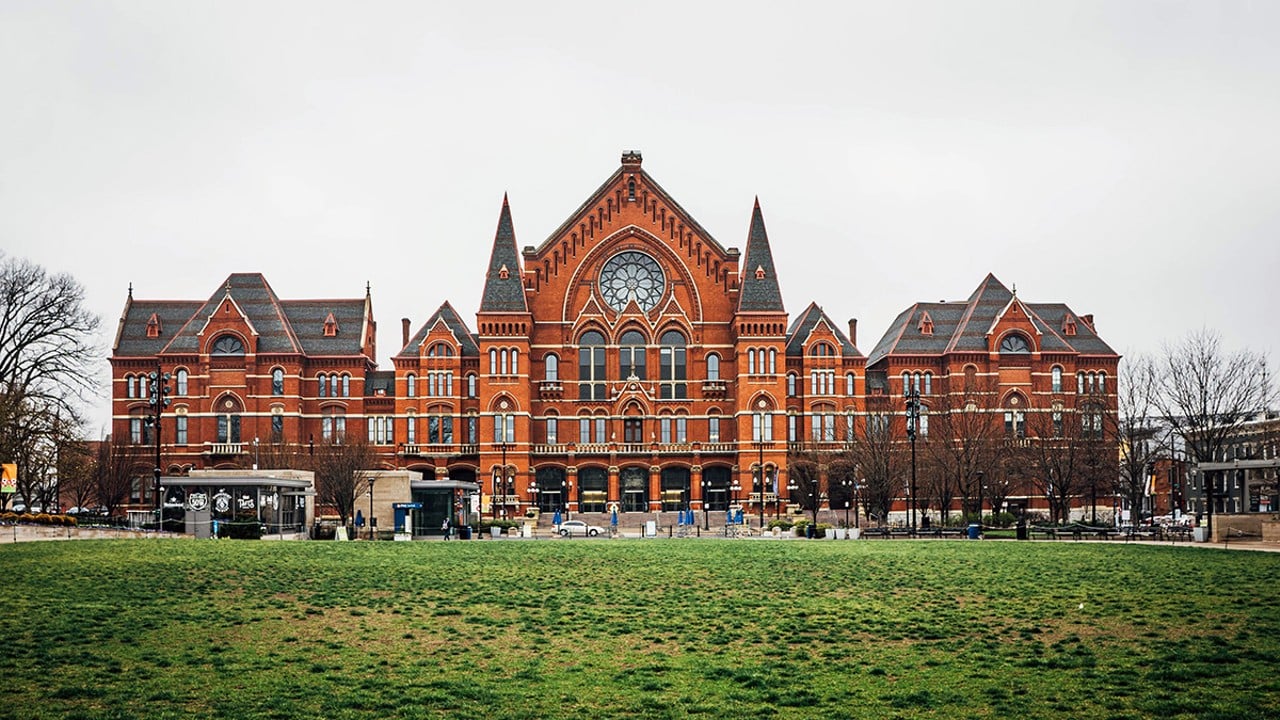
Photo: Aidan Mahoney
Music Hall
1241 Elm St., Over-the-RhineEven if you don’t believe in ghosts, you can’t deny the beautiful but unsettling nature of Music Hall, especially considering the southern part of the building was built over a potter’s field and bones have been discovered during various excavations on-site. Those who have worked in the building late at night have reported many instances of paranormal activity, including things like hearing a singing woman; seeing apparitions of guests dressed in old-fashioned clothes; angry, disembodied whispering in the elevators and feelings of being watched.
6 of 21

Photo: Katherine Barrier
Darby-Lee Cemetery
Can be accessed from the Bender Mountain Trail, 6320-6468 Bender Road, Delhi TownshipWest Siders, you may have heard of Fiddlers Green Road, but have you heard the legend of Fiddler’s Green? (Which actually has nothing to do with that particular road.) It goes back to the Darby-Lee family of Delhi Township, members of which are buried in a small graveyard at the top of Bender Mountain – the only known, remaining family cemetery in Delhi. Patriarch of the family Henry Darby was rumored to have been part of the Underground Railroad. The legend of Fiddler’s Green goes that he would sit up on the ridge of his property overlooking the Ohio River into Kentucky. When it was safe for those fleeing enslavement to cross the river and come up the ridge to his home, Darby would light a lantern with a green flame and play his fiddle. On some nights now, you can supposedly see an otherworldly green glow from the cemetery and hear the strains from a fiddle being played nearby.
7 of 21
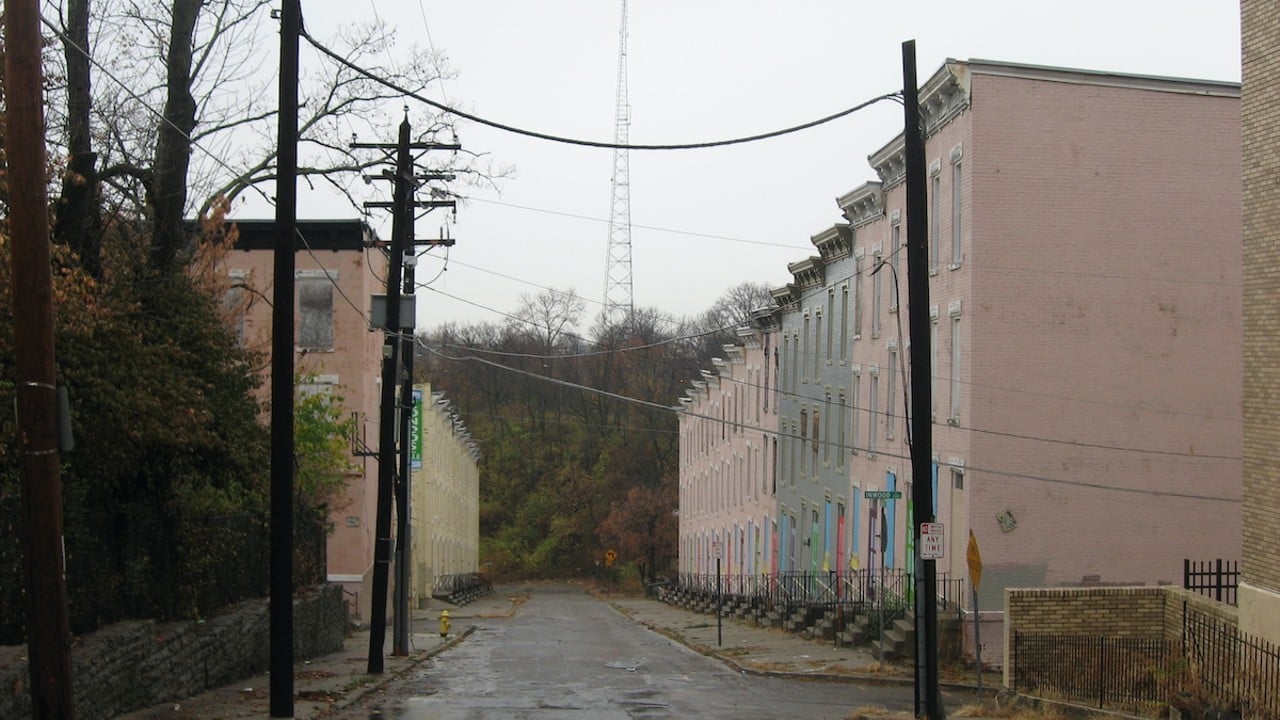
Photo: Nyttend/Wikimedia Commons
Glencoe Row
While Mt. Auburn's Glencoe Row was demolished in 2013, there was a time when this abandoned street of row houses looked like a scene straight out of an apocalypse movie. An attempt was made to renovate the homes of the former historic district in the early 2000s, but a lack of funding killed the project.
8 of 21

Photo: Facebook.com/BobbyMackeyFB
Bobby Mackey’s
44 Licking Pike, WilderBobby Mackey’s ghosts are legendary around here, and the building itself is enough to earn it its creepy reputation. The squat, warehouse-like honky tonk sits on the outskirts of the more residential areas of Newport, with not much else around it. But the most hair-raising part of Bobby Mackey’s are the supposed stories that happened within the walls of both buildings past and present, from Satanic activity at the former slaughterhouse on the site, to mobster intimidation, to a murder-suicide that involved a young pregnant woman named Johanna killing her father, who supposedly killed her lover, before taking her own life. Some also say the gateway to hell lies in the basement, where you'll find the remaining slaughterhouse well. Bobby Mackey himself says he’s skeptical of the ghost stories, but many others have reported paranormal activity happening at the bar, and the Travel Channel’s show Ghost Adventures even came out to investigate.
And whether you believe in the paranormal, if you find drunk men with cowboy hats creepy, you might just want to steer clear of the bar altogether.
9 of 21
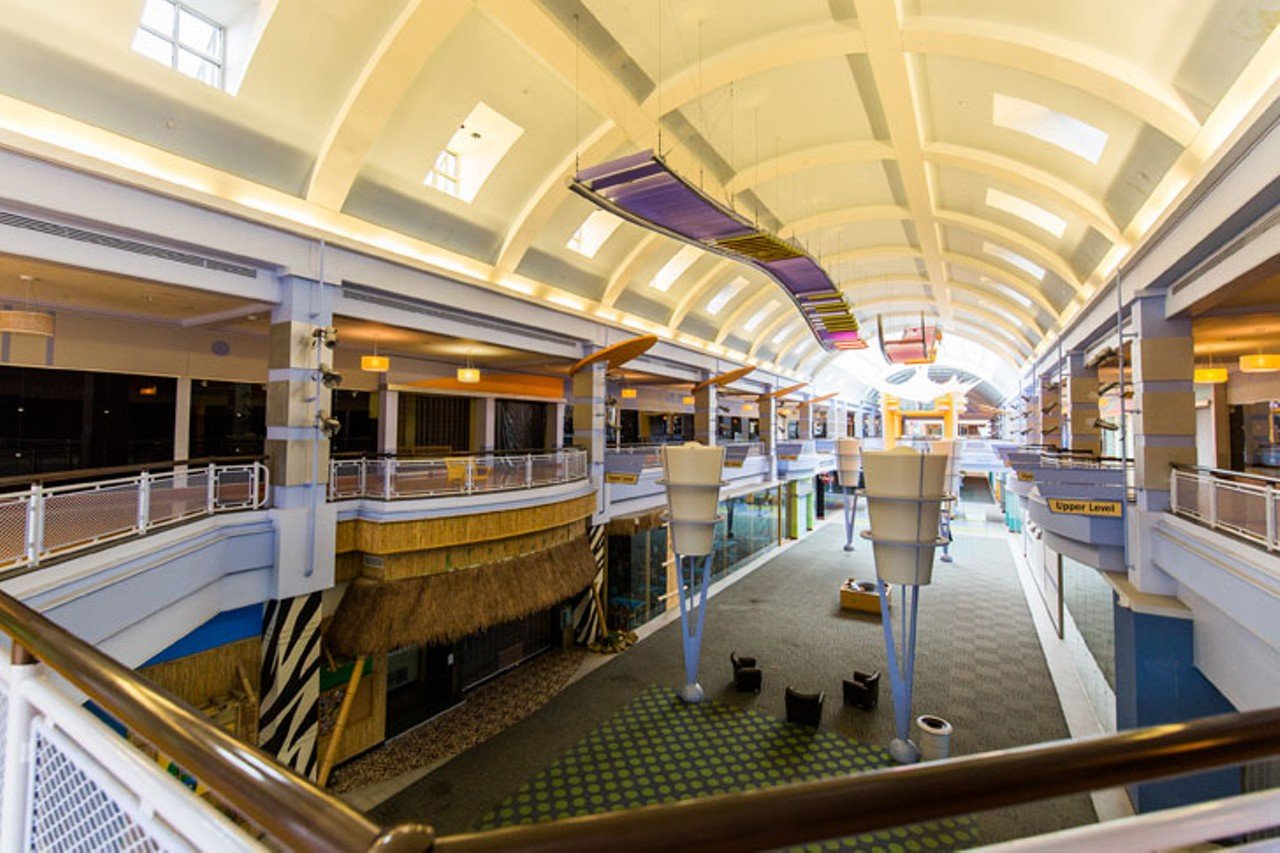
Hailey Bollinger and Wally German
Forest Fair Village
1047 Cincinnati Mills Drive, Fairfield/Forest ParkAmerica’s malls are a dying breed, with Forest Fair Village being a prime example. Before it closed down completely, you could walk around the mostly empty mall. The largely shuttered interior had a distinct dystopian Last of Us feel, as if all the shoppers had vanished all at once. But instead of a plague or invasive alien species or the rapture being the culprit behind the apocalyptic-like disappearances, it’s just late-stage capitalism, which is creepy enough.
10 of 21

Photo: Wikimedia.com/Greg Hume
Spring House Gazebo
Eden Park, 950 Eden Park Drive, Walnut HillsEden Park’s Moorish-style Spring House Gazebo was just a beautiful landmark until a fateful day in 1927 when notorious Cincinnati bootlegger George Remus shot and killed his wife, Imogene, there during a messy (to put it mildly) divorce. Now, Imogene’s ghost is said to haunt the gazebo and nearby Mirror Lake, likely unable to rest because George was acquitted of her murder, despite it happening in broad daylight in front of witnesses.
11 of 21

Photo: Provided by the Cincinnati Art Museum
Cincinnati Art Museum
953 Eden Park Drive, Walnut HillsPerhaps one of the most haunted buildings in Cincinnati, the Cincinnati Art Museum has some galleries that are spookier than others. The museum even has a self-guided ghost tour with all the creepy stops listed and the stories behind each one. Stories include Elizabeth Boott Duveneck, the wife of famous Covington painter Frank Duveneck, calling out to her husband from beyond the grave through the tomb cover he made of her; a haunted clock; and a monk who still stops at his 12th-century chapel to pray.
12 of 21

Photo: Kellie Coleman
Spring Grove Cemetery
4521 Spring Grove Ave., NorthsideSpring Grove Cemetery’s tranquility and beauty are so unmatched that it’s a U.S. National Historic Landmark, but no amount of gorgeous landscaping can ease the chills some experience at Spring Grove. The historic cemetery is home to tales like the very realistic – or, according to legends, very real – eyes on the bust of optometrist C.C. Breuer that are said to follow you around the cemetery. Spring Grove grave keepers have also said they’ve experienced the feeling of someone grabbing their ankles, and visitors have claimed to see apparitions. It’s also said if you sit on the steps of Dexter Mausoleum, two white hounds (they may also be wolves) will appear and judge you based on your intentions. If they think you’re good, they’ll keep moving; if they’re unsure, they’ll stand and watch you; and if you’re up to no good, they’ll growl and advance.
13 of 21
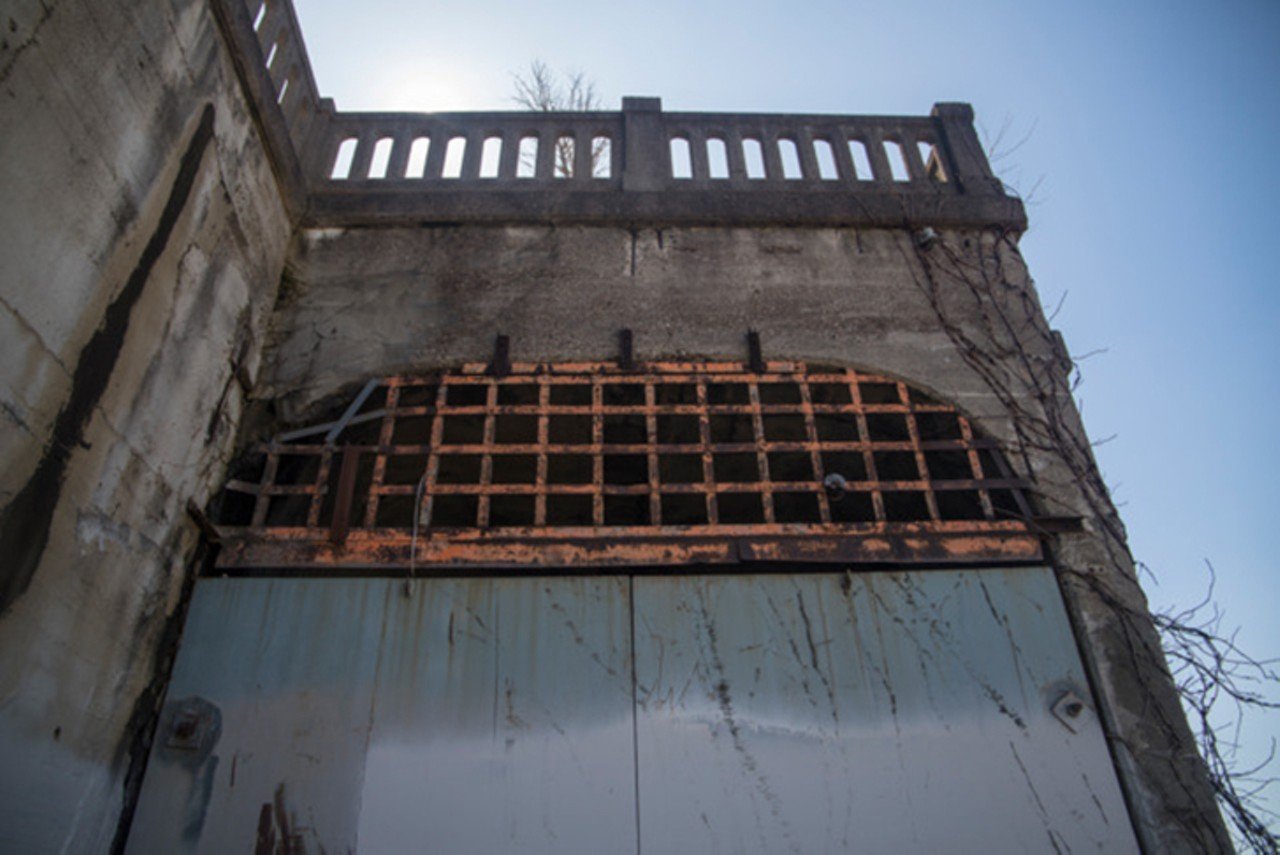
Photo: Nick Swartsell
Cincinnati’s Abandoned Subway Tunnels
Cincinnatians often speak of our legendary abandoned subway tunnels so reverently that they’re almost mythical. The reality is more a sad, doomed-from-the-start tale of inflation, poor budgeting and litigation. Real work on the subway began in 1920, but inflation following World War I in the two years prior to that had raised the costs of construction and caused a shortage of materials (wow, this sounds familiar), so the city planned to raise funds to complete the subway later. However, funds ran out in 1927 and by that time, the subway construction was causing the foundations of buildings along its route to crack, so then came the lawsuits, which are scary enough. There were several attempts to complete the subway in later years, but it wasn’t meant to be. The project was scrapped in 1948 and is now used to house a water main and optical fiber cables. It’s also a popular, albeit spooky, urban exploration spot.
14 of 21

Photo: Kevin J. Watkins
Taft Museum of Art
316 Pike St., DowntownBefore the Taft Museum of Art was a museum, it was home to some of Cincinnati’s most prominent residents, including the Sinton and Taft families. It’s rumored that Charles Taft and his wife, Anna Sinton Taft, never left, staying behind to keep watch over their art collection. Employees and visitors have said they felt watched while in the museum, heard their names called out and experienced items flying off the gift shop shelves.
15 of 21

St. Francis Seraph’s Crypt
Underneath the altar of Over-the-Rhine church St. Francis Seraph lies a crypt where some of Cincinnati’s earliest settlers rest. In 1819, Cincinnati’s first Catholic church, Christ Church, was built at that spot, along with a cemetery. When work began to construct the then-new St. Francis Seraph in 1858, the cemetery was demolished and the bodies were moved into the crypt. It was only accessible to the friary who lived there, until recently, that is. If you dare, you can go beneath the altar to the crypt on the American Legacy Tours’ Ultimate Queen City Underground tour.
16 of 21

Photo: Google Maps
Mt. Notre Dame High School
You don’t get to be one of the oldest schools in Greater Cincinnati – and the oldest all-girls school – without becoming at least a little spooky. Mt. Notre Dame High School’s darkest piece of history reportedly happened in the 1940s when a student is said to have committed suicide on the third floor. Now, all the ghostly activity seems to happen on the third floor. Most of the time, the activity involves one of two things: The first one occurs when students come to class in the morning. They discover that all the lockers on the third floor have somehow opened up by themselves. The second is that all the lights on the third floor will somehow turn on by themselves during the night. Even though the lights had been turned off and the lockers closed before the last person left for the night, people arrive the next morning to find the lights on and the lockers open.
17 of 21

Photo: Google Maps
Buffalo Ridge
Near Mitchell Memorial Forest (5401 Zion Road, Miami Township)Buffalo Ridge may just appear to be another windy, forest-lined road, which in and of itself may or may not be creepy to you, but it’s more of the local legends that pervade the area that build it up into a good place to go ghost hunting. One legend is that the road used to be home to the Buffalo Ridge Crematorium, where Satanic rituals were held and bodies meant for cremation were tossed out into the woods and a nearby lake before God himself smote the building. These tall-tale tellers would point to ruins in the woods (which are no longer there) said to be part of the crematorium as evidence. But, like with a lot of things, the truth is a lot less intriguing.
A crematorium was never constructed along Buffalo Ridge, but what was built there was part of an observatory that was abandoned due to lack of funding. However, as Creepy Cincinnati notes, materials from a building destroyed by a fire that killed several people were used to construct the observatory, so – if you believe in ghosts and negative energy – it’s still possible those woods along the road are haunted.
Another legend of Buffalo Ridge states if you drove down the road at night near Mitchell Memorial Forest, you would be chased off by a dark vehicle. (Author’s Note: As a former teenager from the West Side who took her car out to Buffalo Ridge many times to test this legend, I call bullshit on this one.)
18 of 21

Photo: Google Maps
Cody Road Bridge
In Independence, Kentucky, on Cody Road near Carol Ann LaneIs the Cody Road railroad bridge haunted by a woman killed in a fire, trying to alert people to the blaze? Maybe it’s haunted by another woman who was killed by a train? According to Creepy Cincinnati, it’s neither, and those tall tales were made up by those who made moonshine near the train tracks during Prohibition to keep people away. But even if the legends aren’t true, the way the rusted, old bridge cuts above narrow, secluded Cody Road is ominous and still gives out strong “KEEP AWAY” energy.
19 of 21

Photo: Google Maps
Lick Road
Near the Richardson Forest Preserve, 4000 W. Kemper Road, Colerain TownshipA ghost named Amy supposedly haunts this secluded road in Colerain Township after having been murdered by her boyfriend. Legend says if you walk in the woods near the bridge where Amy may have been killed, you can hear footsteps behind you. You may also spot an apparition of Amy, or, if you drive down to the cul-de-sac at the end of the road at night, you can hear a woman scream from the fields beyond.
20 of 21
Page 1 of 2
- Local Cincinnati
- News & Opinion
- Arts & Culture
- Things to Do
- Food & Drink
- Music
- Cincinnati in Pictures
- About City Beat
- About Us
- Advertise
- Contact Us
- Work Here
- Big Lou Holdings, LLC
- Cincinnati CityBeat
- Detroit Metro Times
- Louisville LEO Weekly
- St. Louis Riverfront Times
- Sauce Magazine




